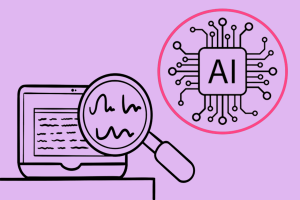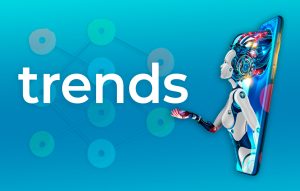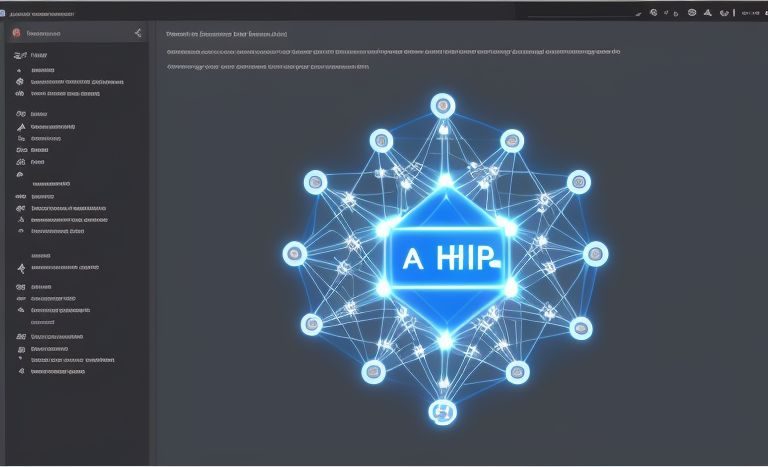
Artificial intelligence and machine learning have become important topics recently as many people and companies explore the potential of artificial intelligence technologies to be implemented in everyday life or business. There are many artificial intelligence models currently available, with ChatGPT being a widely accepted example. This particular AI system has played a significant role in shaping public and corporate interest in AI technology. However, using an existing AI system such as ChatGPT or MidJorney may not provide the most effective solution to meet your goals. Consequently, there is a growing tendency to move away from off-the-shelf AI solutions and develop custom AI systems. Although starting an AI project may seem unattainable at first, the process of creating AI systems is not as difficult as it seems.
Can a beginner make his own AI model?
Absolutely! Even individuals with little to no experience can build their own AI models with the right tools and guidance. There are user-friendly frameworks and resources available that simplify the process of creating AI models, eliminating the need for extensive programming skills. Take, for instance, Google’s Teachable Machine, which empowers beginners to train basic AI models using their own data.
It’s worth noting that AI models can vary in complexity, so beginners can start with simpler tasks and gradually progress to more advanced models as they accumulate knowledge and experience. While creating highly accurate and robust AI models often requires expertise and continuous learning, beginners can nonetheless embark on their journey of exploration and experimentation in this captivating field.
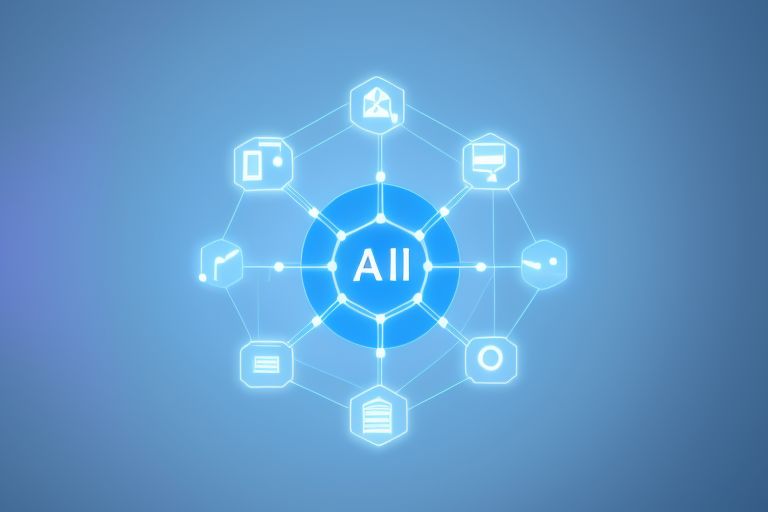
What does this look like step by step?
Creating AI for personal use will require some persistence and time to learn the basic knowledge. Here’s what it will look like step by step:
- Define your goals. Determine what you want from your AI. This could be anything from automating a specific task to creating creative content.
- Understand how model development platforms work and what initial knowledge is required. Learn the basics for using them.
- Collect and prepare data. Start by collecting relevant data that will be used to train your AI model. The quality and quantity of data are vital to successful AI development. Clean and pre-process data to remove any inconsistencies and biases.
- Select an AI model. Depending on your goals, choose the appropriate AI model or algorithm. Popular options include machine learning models such as supervised learning, unsupervised learning, or deep learning neural networks. Explore different models and choose the one that best suits your needs.
- Train your AI model. collected data on training and testing datasets. Use training data to train your AI model, allowing it to learn patterns and make predictions. Continually evaluate the model’s performance using the test data set and repeat the training process as necessary.
- Implement your AI. Once your AI model is ready, integrate it into your desired platform or system. This may involve writing code to process data, make predictions, or automate tasks. Choose a programming language (usually Python) and use frameworks or libraries that make AI development easier, such as TensorFlow or PyTorch.
- Test and improve. Thoroughly test your AI system to ensure its accuracy and efficiency. Collect user feedback and make the necessary modifications to improve its performance.
- Constantly improve and update: AI models are not static. Constantly undefined Monitor your AI’s performance and update it with new or more diverse data to expand its capabilities. Stay up to date with advances in artificial intelligence and implement new techniques to improve your artificial intelligence system. Remember that creating AI is a labor-intensive process that may require constant learning. It’s important to stay on top of trends, experiment, and learn from existing AI resources and communities.
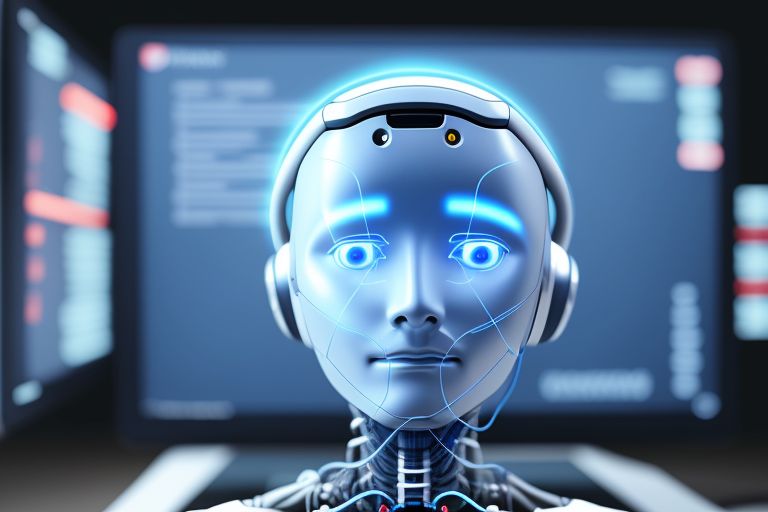
Overview of platforms for creating AI models
There exist a multitude of services and websites that equip individuals to fashion their own AI models. Below, we present a selection of noteworthy platforms:
1. TensorFlow: This Google-developed, open-source library caters to machine learning and deep learning applications. It furnishes an array of resources and tools, boasting an extensive community of supporters.
2. PyTorch: An open-source deep learning framework, PyTorch is revered for its versatility and user-friendliness. It accommodates both novices and seasoned users seeking to construct AI models.
3. Microsoft Azure: Azure delivers a gamut of AI tools and services, including Azure Machine Learning – a comprehensive solution allowing the creation, deployment, and management of AI models. Its repertoire includes pre-built models and automated model generation through autoML capabilities.
4. IBM Watson: IBM Watson houses an exhaustive array of AI tools and services. With provisions for natural language processing, computer vision, machine learning, and more, Watson Studio furnishes a platform for building and deploying custom AI models.
5. Google Cloud AI Platform: This Google Cloud service offers a suite of AI tools and services, including the AI Platform. It supports renowned frameworks such as TensorFlow, PyTorch, and scikit-learn, empowering users in the development, training, and deployment of AI models.
6. H2O.ai: H2O lends its support through H2O, an open-source AI platform catering to machine learning and deep learning tasks. Automated machine learning and bespoke model development are among its key features.
7. Amazon Web Services (AWS): AWS proffers a diverse range of AI services, exemplified by Amazon SageMaker. Geared towards building, training, and deploying machine learning models, AWS also offers pre-trained AI models, as well as tools for natural language processing and computer vision.
These remarkable services and websites extend resources, frameworks, and pre-existing models to facilitate the creation of bespoke AI models. As each platform presents its own unique advantages and focal points, it is advisable to explore multiple options, enabling the identification of the most fitting solution commensurate with one’s goals and requirements.
How do I know which AI development platform is right for me?
Choosing the right AI development platform depends on several factors, including your technical skills, project requirements, time, budget, and personal preferences.
Consider your technical knowledge: Assess your skills early on. Some AI platforms may require more advanced coding capabilities, while others offer user-friendly interfaces for non-technical users.
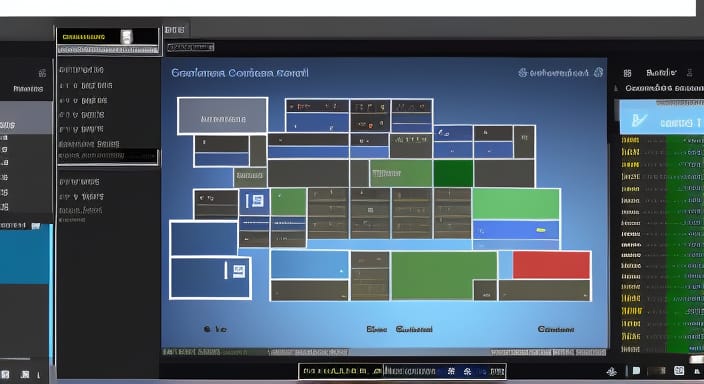
Are there courses for beginners in AI development?
Certainly! There is a plethora of beginner-level courses available for individuals interested in AI development. Here are some notable options:
1. Coursera’s “AI for Everyone” by Andrew Ng offers an accessible introduction to AI concepts and their practical applications, even for those without technical backgrounds. We have already mentioned in the text above.
2. Udacity’s “Intro to Artificial Intelligence” covers the basics of AI, including search algorithms, probability, and machine learning, making it suitable for beginners.
3. Columbia University’s “Artificial Intelligence (AI)” on edX is a beginner-friendly course exploring AI principles and their societal impacts.
4. MIT OpenCourseWare provides a free online course called “Introduction to Deep Learning,” which delves into the fundamentals of deep learning and neural networks.
5. Popular course “Artificial Intelligence A-Z: Learn How To Build An AI” offers hands-on experience in creating AI applications through Python and various AI algorithms.
6. For a comprehensive learning experience, the IBM AI Engineering Professional Certificate program on Coursera covers a wide range of AI concepts, tools, and techniques suitable for beginners.
When considering courses, it’s essential to review syllabi, prerequisites, and read feedback from previous learners to ensure the course aligns with your learning goals and skill level. Additionally, having a foundational understanding of programming languages such as Python, and some knowledge of mathematics and statistics, will enhance your understanding of AI concepts.
In conclusion
Creating your own AI is, although not so simple, a very exciting process. The model can make the work or daily affairs of many people easier, so in the near future specialists in their development will be highly valued. I hope this article was helpful.



